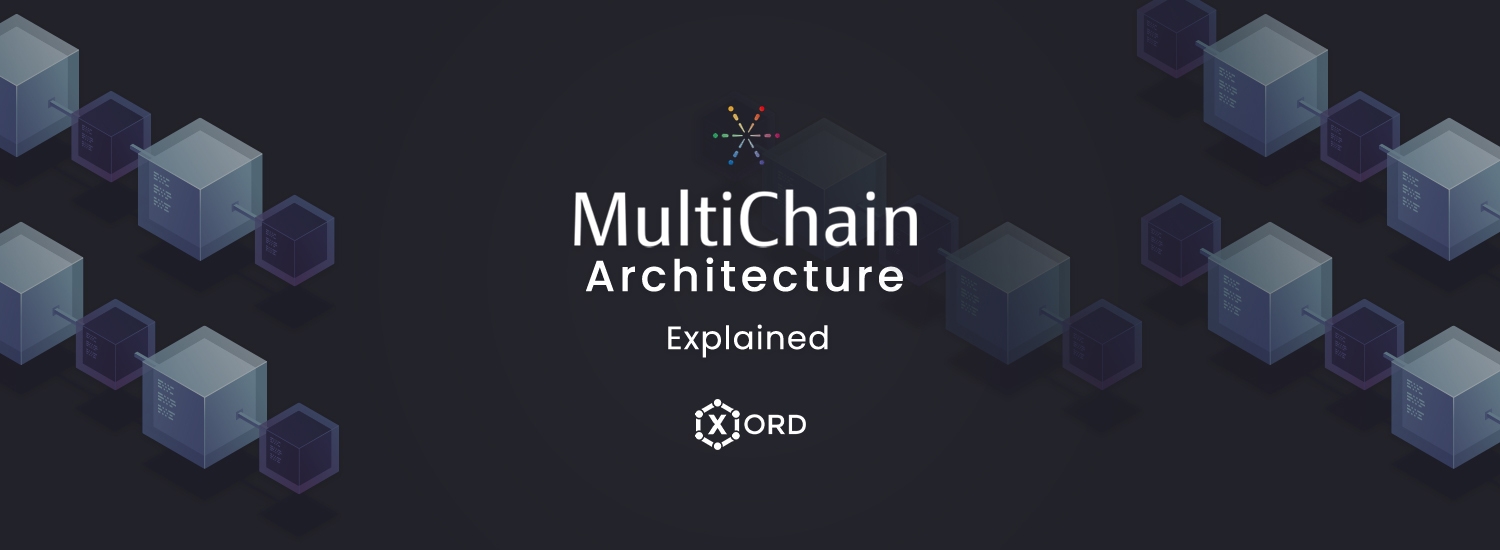
The multiChain platform is a special kind of technology platform that enables users to create and deploy private Blockchain. The private Blockchain developed can work either within an organization or between organizations. MultiChain provides a simple API and command-line that makes the Blockchain easy to deploy and maintain. With MultiChain, you can create and deploy new Blockchains with their native currencies and/or issued assets. You could not transact existing cryptocurrencies on MultiChain unless someone trusted acts as a bridge to facilitate such transactions. MultiChain is simply an extended open-source fork of Bitcoin. It can be used to launch a custom Blockchain. MultiChain offers a well-selected set of features for enterprises and business users. It has promising support for native assets and the storage of larger amounts of arbitrary data. All these features, achieve while still maintaining compatibility with many technical aspects of Bitcoin Core.
Therefore, much of the Bitcoin documentation is also applicable to the MultiChain platform. The users of MultiChain are expected to create their Blockchains for their specific use cases. Therefore, there is no consensus public Blockchain that could have proven the stability or security of the MultiChain platform. However, since it is a fork of the Bitcoin code, the fundamentals should be very simple and sound enough to set up a local chain for testing.
The MultiChain project's pioneers highlighted the aim of the platform and how it hopes to improve the Blockchain space. Here are the main objectives of the MultiChain Blockchain platform:
In a MultiChain platform, the hand-shaking process takes place when two Blockchain nodes connect. Each of the nodes found in a MultiChain presents its identity as a public address on the permitted list. Each node's function is to verify that the other's address is on its own permit list. All of the nodes in a MultiChain sends a challenge to the other party on the same platform. Every node sends back a signature of the challenge message. These nodes also provide their ownership of the private key. This corresponds to the public address they presented in the first place. If the nodes do not have satisfying results at any time, they will automatically abort the peer-to-peer connection.
The MultiChain platform restricts miners to a specified set of identified entities. By doing so, MultiChain can resolve some of the dilemmas posed by private Blockchain networks. In which a participant can monopolize the mining process. The solution is in a constraint on the number of blocks that a particular miner can create within a given window. To implement this scheme, MultiChain applies a parameter known as "mining diversity". which has a constraint of 0≤mining diversity≤1.
On a MultiChain platform, the validity of a block is verified as follows:
These processes enforce a round-robin schedule where a permitted miner must create blocks in rotation. The essence is to generate a valid Blockchain. The "mining diversity" parameter defines the strictness of the scheme, i.e., the proportion of permitted miners who would conspire to undermine the network. A value of "1" means that every permitted miner is included in the rotation. Whereas, a value of "0" represents no restriction at all. Higher values are generally safer, but a value that is too close to "1" can cause the Blockchain to freeze up if some of the miners become inactive. 0.75 deems as a reasonable compromise. Nodes conserve resources by not trying to mine on a chain in which they already mined one of the previous spacing-1 blocks.
In a MultiChain network, the transaction fees and the block incentive is null by default. However, users can name these values in the params.dat.file. The file encloses the entire configuration, as shown below:
Creating a new Blockchain using the Multichain requires only two steps. Also, you will need only three steps to connect to an already existing Blockchain. It allows users to deploy unlimited Blockchains per server for cross-chain applications.
MultiChain issues millions of assets on a Blockchain. All of which are tracked and verified at the network level. It also allows users to perform safe multi-asset and multi-party atomic exchange transactions.
This platform helps users to create key-value, time series, or identity databases on a Blockchain. It is also ideal for data sharing, timestamping, and encrypted archiving.
The platform optionally controls who can connect, send, and receive transactions, create assets, streams, and blocks. Each of the blocks is as open or as closed as you need it to be.
Conclusively, Multichain allows users to run private Blockchain infrastructure with simple command-lines by integrating APIs. More so, you can read our future article on Multichain architecture. It will provide a better understanding. It gives you an in-depth understanding of the components of the multichain system and how they work.
Also, read about TRON Blockchain in our article Introduction to TRON Blockchain
Xord is a Blockchain development company providing Blockchain solutions to your business processes. Connect with us for your projects and free Blockchain consultation at https://xord.solutions/contact/
Share:
